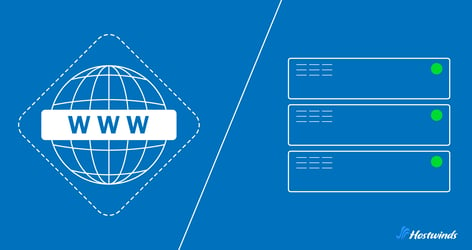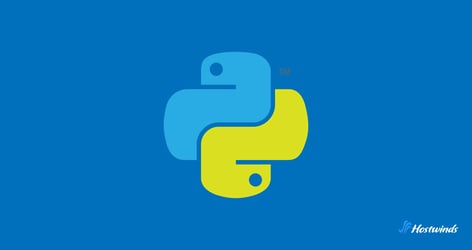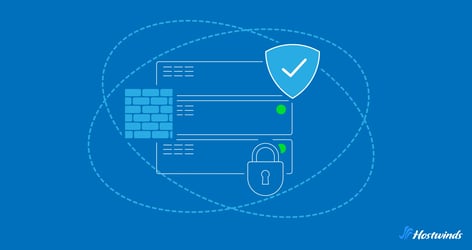Hostwinds Blog
Search results for:
by: Hostwinds Team / July 16, 2025
The 429 error—" Too Many Requests "—shows up when something hits your site too frequently in a short amount of time. At first, it might seem like a small issue or just your server trying to manage traffic. But in many cases, it's not a rush of real visitors causing the...

by: Hostwinds Team / June 24, 2025
Running into the DNS_PROBE_FINISHED_NO_INTERNET error can be a bit of a headache, especially when you're just trying to load a website. This message usually means your browser or device isn't able to connect to the internet—often because something's going wrong with DNS. In...

by: Hostwinds Team / June 17, 2025
If you're looking to get started with web hosting, you'll undoubtedly come across the terms host and server— which are sometimes used interchangeably. While the two work together, they serve different purposes when it comes to delivering websites and applications online. One...

by: Hostwinds Team / June 11, 2025
Most folks in the digital space recognize familiar HTTP status codes like 200 OK or 404 Not Found, but some useful ones don't get as much spotlight. One of these is 204 No Content. Let's take a closer look at what this status means, how it works, and when it's appropriate to...

by: Hostwinds Team / May 28, 2025
PHP has been a key player in web development for decades, and it still powers a huge portion of the internet today. Whether you're building a site from scratch or managing one that's already live, having a handle on what PHP is—and what it can do—can make a real difference....

by: Hostwinds Team / May 20, 2025
If you've ever installed a Python library using pip, you've already used PyPI—even if you didn't realize it. PyPI, short for the Python Package Index, is the main source for Python libraries. It hosts tens of thousands of packages that make Python more powerful and easier to...

by: Hostwinds Team / May 14, 2025
If you're managing a server—whether it's through web hosting, running an app, or handling something behind the scenes—security should always be on your radar. Servers are a common target for cyberattacks, and it doesn't take much for a small weakness to turn into a major...

